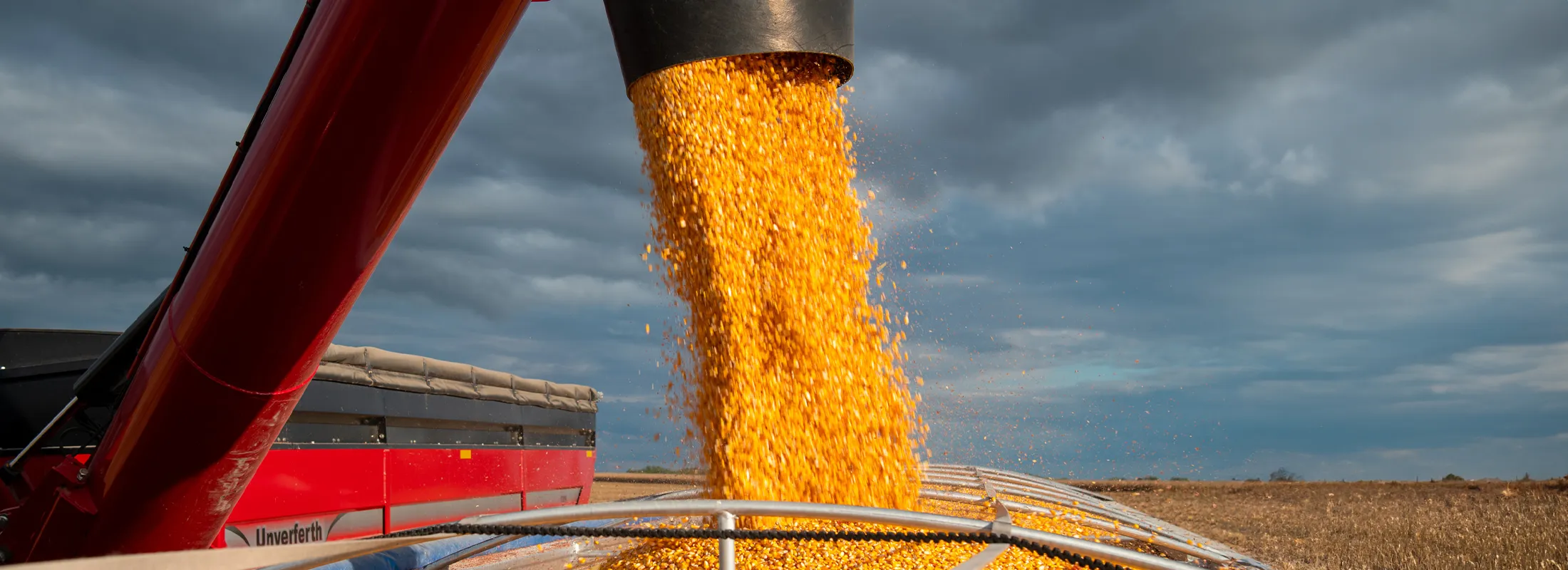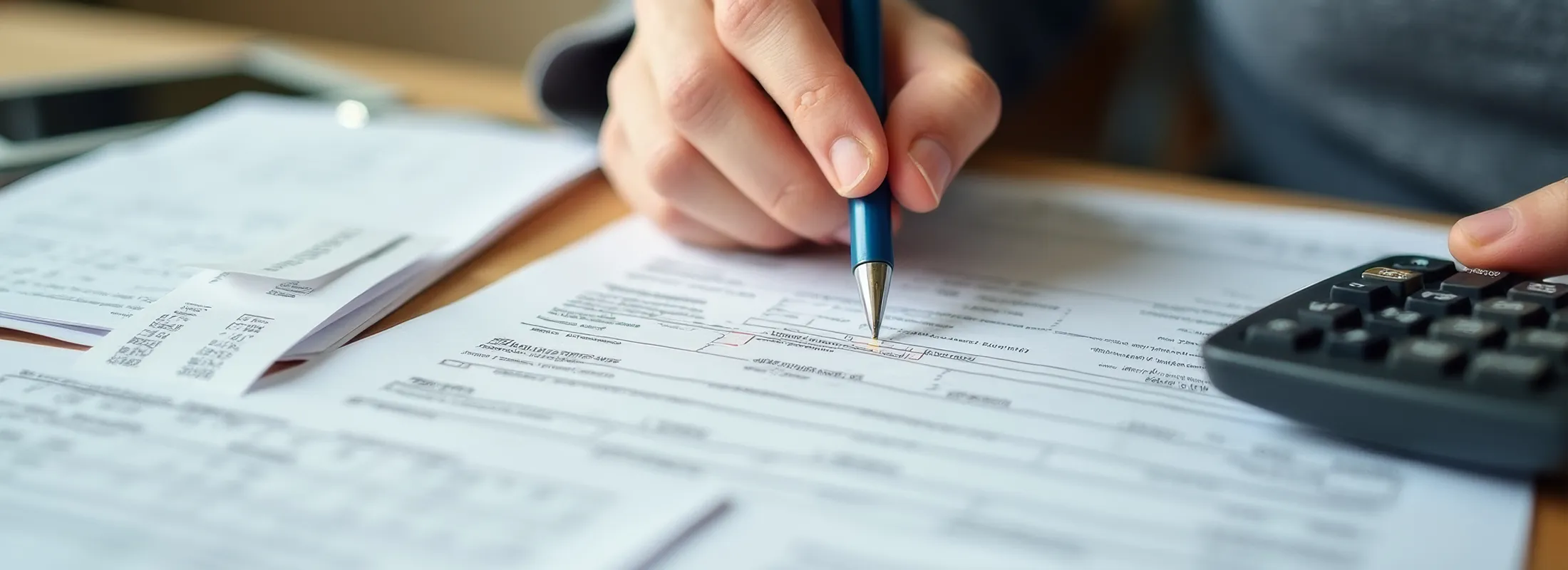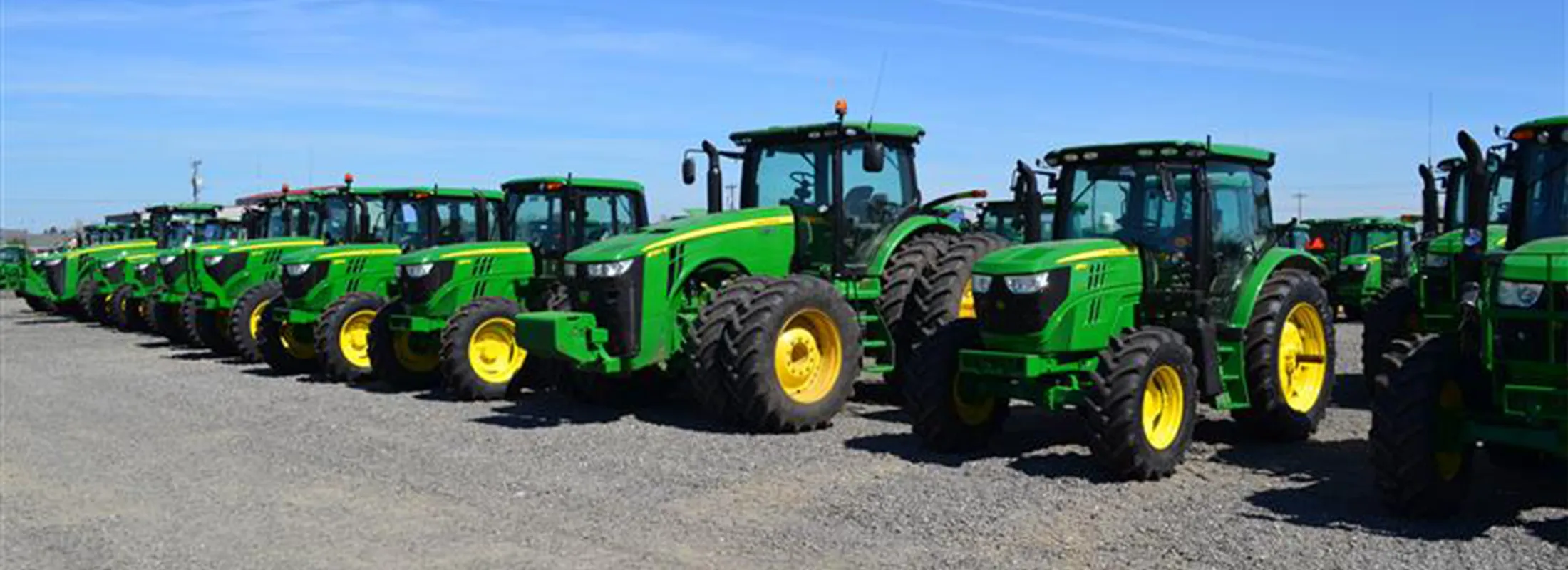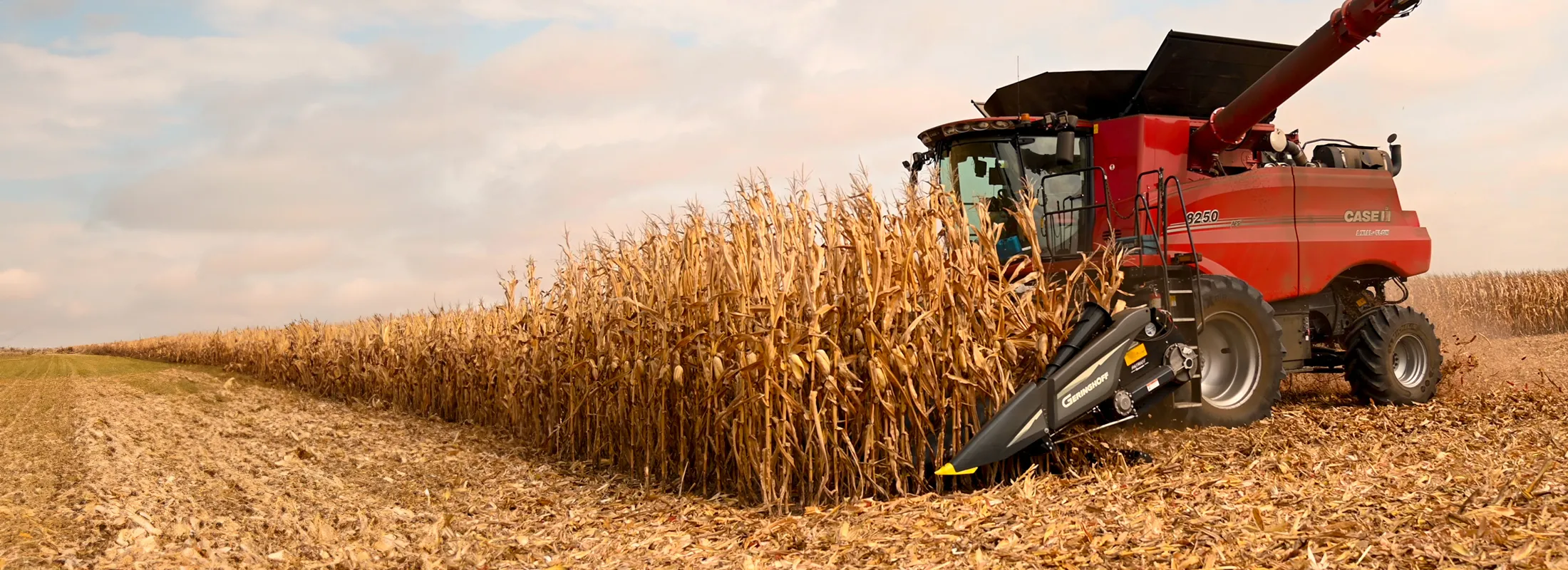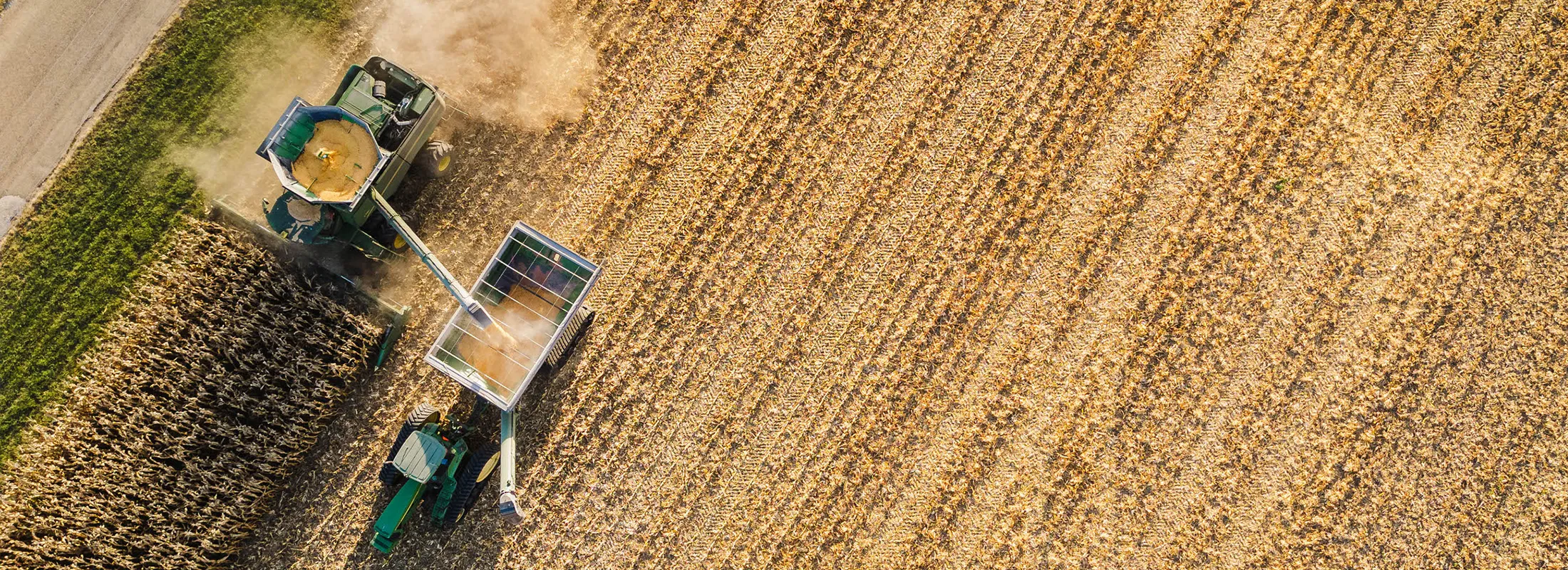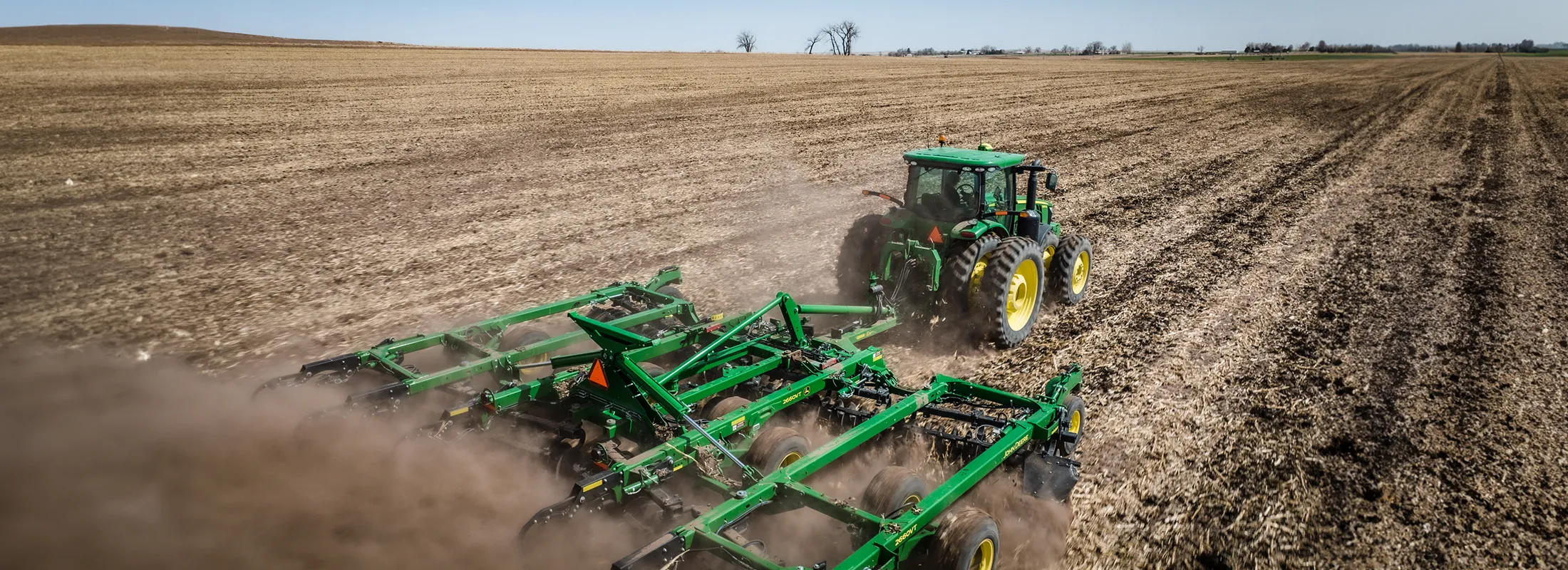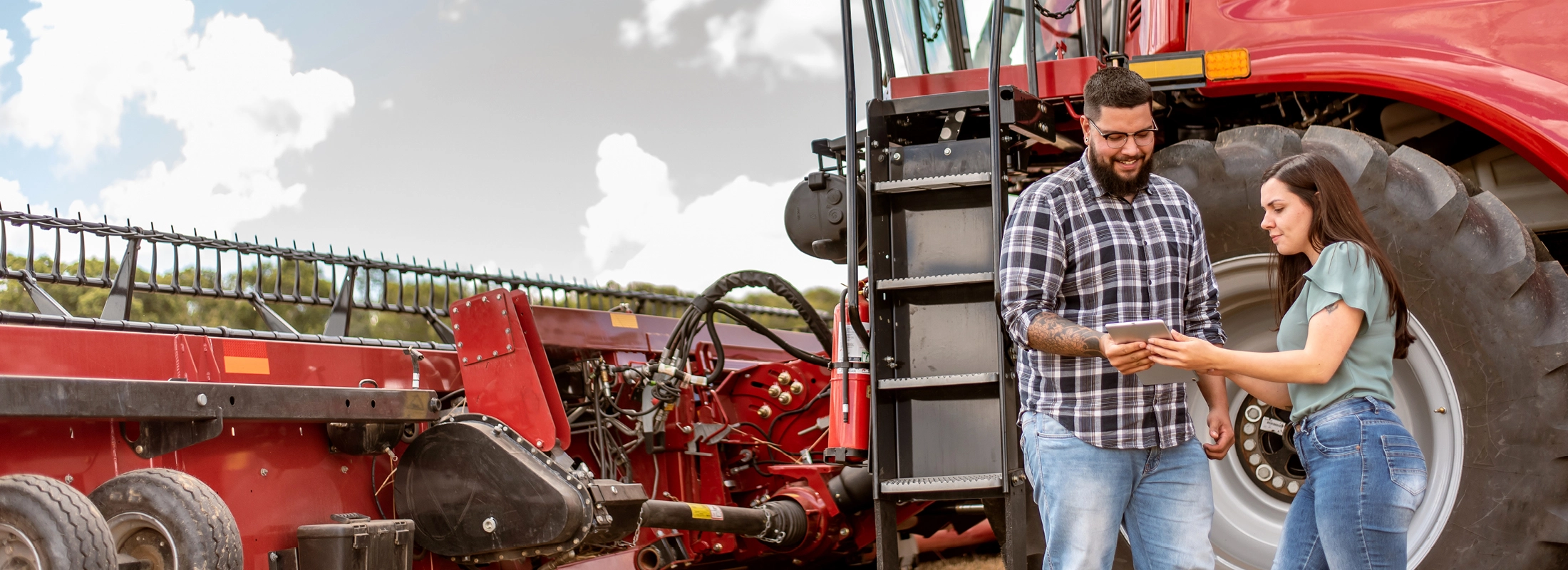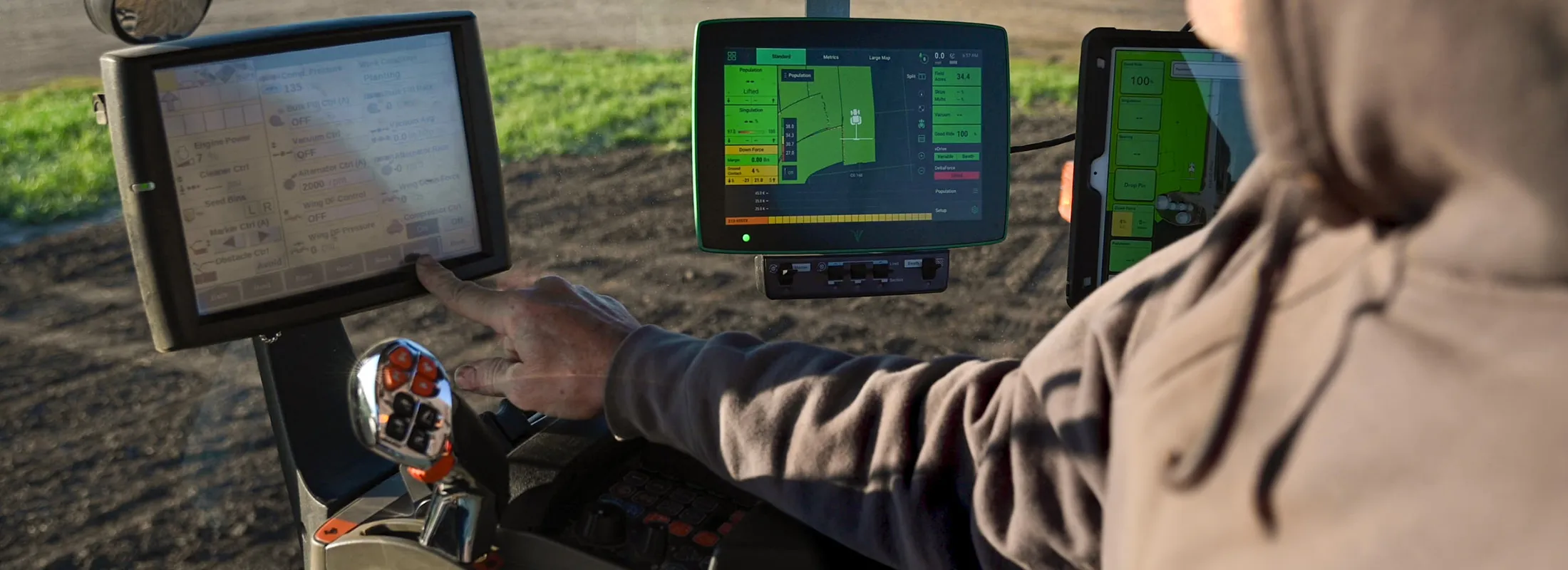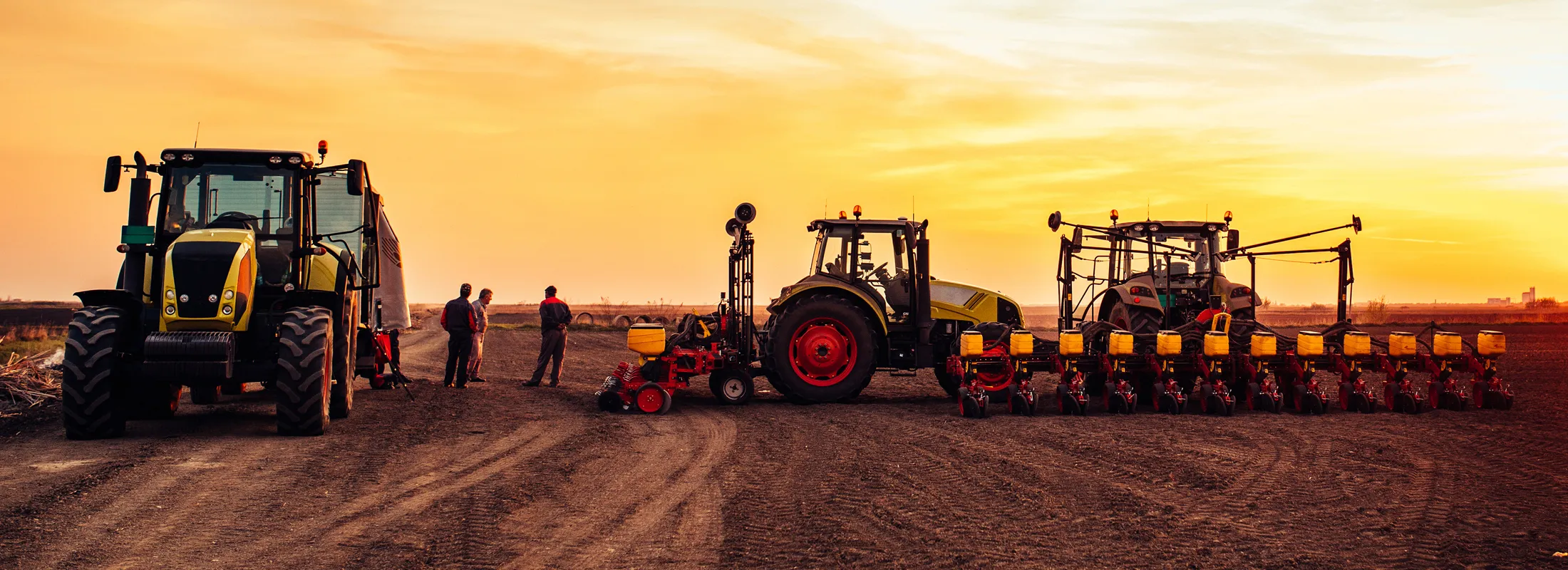As producers continue to navigate an environment of higher input costs, rising interest rates and grain market volatility, cost containment remains a major priority on a lot of operations around the nation. How producers finance their equipment can help rein in those costs.
AgDirect® offers half-year machinery leasing and experts say now is a good time for dealers and customers to consider half-year terms as a viable option for meeting cash flow needs.
"In general, half-year leases are a way for producers to get more bang for their buck when it comes to leasing new or used equipment," says Chris Steinkamp, AgDirect territory manager in Iowa. "With the cash flow situation right now and the need to make ends meet, half-year leases are a good way to get some extra use out of a piece of machinery for a lower cost."
"With the cash flow situation right now and the need to make ends meet, half-year leases are a good way to get some extra use out of a piece of machinery for a lower cost.
"
Drawing up a half-year lease
The process is fairly simple. An extra six months can be added to a lease that would ordinarily be drawn up for three, four or five years. It may not sound like a major extension, but depending on the machine and the time of year it's being leased, those extra six months can enable the producer to get one more growing or harvest season out of the leased machine. In the end, that can help lower overall operating costs over the life of the lease.
"You're lowering your cost per hour on that machine," Steinkamp says. "There are more payments, but you are picking up that extra season of use. If it's a three-and-a-half-year lease versus a three-year lease, you're going to get that fourth year of use out of that machine."
Though the number of payments increases, the overall amount of the lease remains essentially the same, lowering the amount of each payment through the life of the lease, Steinkamp adds. That's made half-year leases more attractive to producers today.
Standard vs. Half-Year Lease Comparison
Example: $350,000 new row crop tractor
Five-Year Lease
60% residual, 300 hrs/yr (1,500 total)
Total Payments: 5 x $46,068.74 = $230,343.70
| Event | Date | Amount |
|---|---|---|
| Lease | 08/12/2023 | $350,000.00 |
| Payment | 08/12/2023 | $46,068.74 |
| Payment | 08/12/2024 | $46,068.74 |
| Payment | 08/12/2025 | $46,068.74 |
| Payment | 08/12/2026 | $46,068.74 |
| Payment | 08/12/2027 | $46,068.74 |
| Residual | 08/12/2028 | $210,000.00 |
Five and a Half-Year Lease
58% residual, 300 hrs/yr (1,650 total)
Total Payments: 6 x $41,593.43 = $249,560.58
| Event | Date | Amount |
|---|---|---|
| Lease | 08/12/2023 | $350,000.00 |
| Payment | 08/12/2023 | $41,593.43 |
| Payment | 08/12/2024 | $41,593.43 |
| Payment | 08/12/2025 | $41,593.43 |
| Payment | 08/12/2026 | $41,593.43 |
| Payment | 08/12/2027 | $41,593.43 |
| Payment | 08/12/2028 | $41,593.43 |
| Residual | 08/13/2029 | $203,000.00 |
The extra six months of usage reduces the overall annual rental expense by $4,475 a year and lowers your cost per hour by over $2.00 for every hour of use.
More specifics on half-year leases
These types of leases are admittedly not for everyone. In some cases, machinery is retained in a sort of schedule with other assets. If that schedule typically finds the producer "rolling," or trading a combine or tractor every year, a half-year lease may not be the right fit.
However, half-year leases offer the leasing farmer the added flexibility in walking away from a lease if he or she so desires. If an early trade-in is desired, Steinkamp says he or she can trade in the leased machine and roll the lease payoff into a new lease on another machine.
"A lot of producers will do a five-and-a-half-year lease and trade machines three or four years into it," he adds.
Rates and residual values on half-year leases are calculated for the specific asset and time period of the lease just as they are with standard leases. Five-and-a-half-year leases are the most common half-year leases sought by producers right now, a reminder of the structure's primary benefit of cost containment.
"The reason is it's just a payment thing right now," Steinkamp says. "This is a way to get the most lucrative payment structure in front of the producer."
